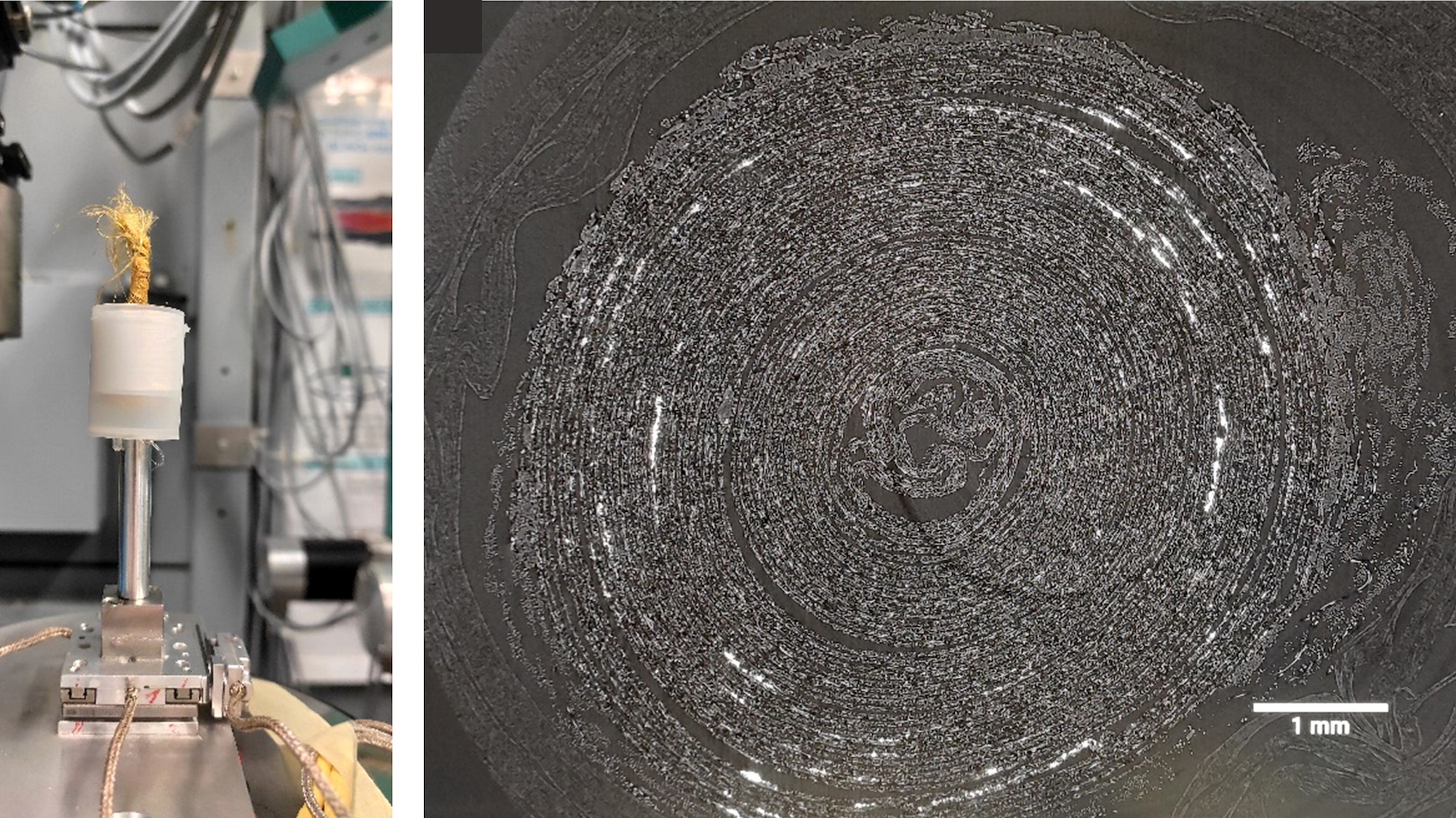Now Reading: X-Ray Uncovers Buddhist Prayers Hidden in Tibetan Scrolls
1
-
01
X-Ray Uncovers Buddhist Prayers Hidden in Tibetan Scrolls
X-Ray Uncovers Buddhist Prayers Hidden in Tibetan Scrolls

Rapid Summary
- Researchers at Helmholtz-Zentrum Berlin (HZB) used 3D X-ray tomography and AI assistance to analyze a delicate, antique Buddhist prayer scroll preserved at GermanyS Ethnological Museum.
- The scroll is part of a Mongolian nomadic shrine called gungervaa, which contained spiritual keepsakes and artwork. Many such artifacts where destroyed during Mongolia’s Soviet-backed revolution in 1921.
- Measuring just 1.9 by 0.7 inches, the tightly wound dharanis scrolls contain Buddhist prayers written on over 31-inch parchment strips wrapped around approximately 50 times before being stored in silk pouches.
- Advanced synchrotron tomography allowed researchers to scan at microscopic levels without physically unrolling the fragile materials, though it remains labor-intensive and not yet standard practice.
- Findings include metal particles in the ink-contrary to expectations of traditional Chinese ink composition-and Tibetan characters for “Om mani padme hum,” written using Sanskrit grammer rather than Tibetan language.
- Researchers hope advancements in X-ray technology will enable greater interdisciplinary exploration of inaccessible cultural artifacts.
Images:
!Scrolls wrapped tightly around 50 times
!Three prayer scrolls in yellow silk pouches
!Read More
Stay Informed With the Latest & Most Important News
Previous Post
Next Post
Loading Next Post...


























